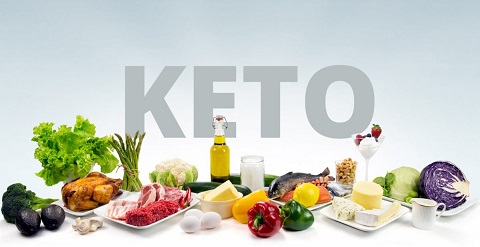
TURMERIC (Curcumin)
Herbs and spices have more antioxidants than any other food group. Turmeric (Curcumin) is among these potent antioxidants. With its use, one could help prevent DNA mutations that lead to cancer and another disease. The number of cells with DNA damage could essentially be cut in half with just a little bit of this yellow magic. Many people opt to take or make supplements with this spice contained in it, which you can find more about as you explore the different vendors for these items.
A number of clinical trials have tested Curcumin (the pigment in Turmeric that yields its bright yellow color) against a number of diseases. The trials have shown this spice to play a significant role in the prevention and/or treatment of brain diseases, a variety of cancers, lung diseases, and painful joint conditions.
Continue reading “The Benefits of Turmeric (Curcumin) – Gout, Inflammation and Disease”



